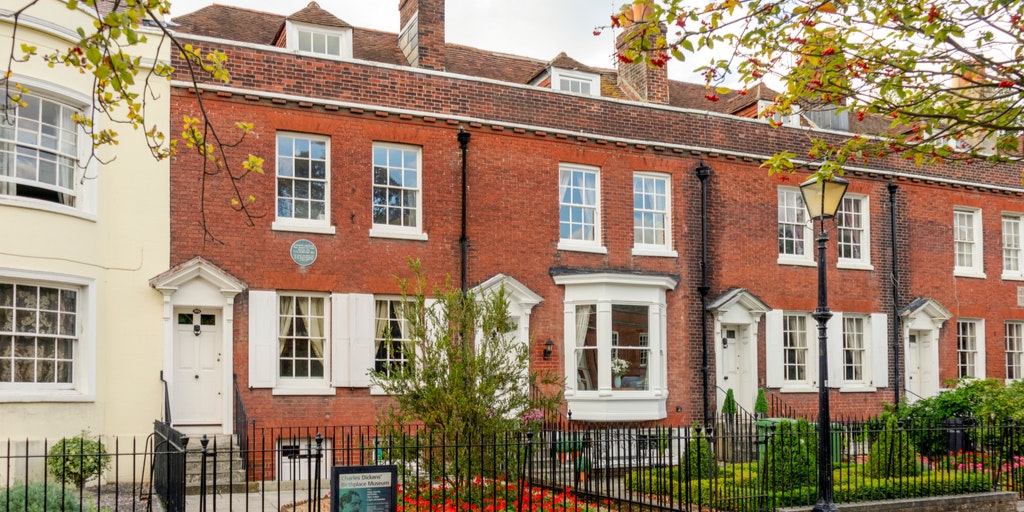Ex-burglars reveal common 2022 social media posts they use for theft assistance

A new warning has been given to social media users after popular posting trends are causing one in 12 Brits* to be burgled.
With eight million people* expected to socialise, visit restuarants and go on holiday after completing dry January, the risk of theft will increase throughout February and beyond.
From the social media posts revealing the places people have checked in, to the natural “I’m on holiday” post, security retailers safe.co.uk have spoken to ex-burglars and victims to find out which social media activity is most likely to put Brits at risk of a break-in.
According to ICO, just a quarter (25%) of the UK’s Facebook, Instagram, Twitter and TikTok users have their channels set to private, leaving the remaining 75% open to making common posting mistakes that make the crime easier to commit.
Safe has listed the four social media posts discussed by ex-burglars and victims that result in theft:
Geo-Tagging and Check-Ins: Real-time notifications as to where a person is, is the perfect opportunity for a burglar to pounce. This key information is often shared on stories, which tells the burglar that the tag happened within 24 hours. Pinpointing an exact address, whether it’s a restaurant or a football stadium, the location advertises how far away from home a person is, and how long somebody has to break into the empty home. A victim to burglary added “I invited my friends over and they tagged themselves into my address. Weeks later I was burgled but nobody else on my road was. It seemed targeted and slick, as if they knew what to take and where to take it from.”
Holiday Posts: On Instagram alone there are 16.3 million #airport uploads and a mammoth 152 million #holiday hashtags. Plus, 2.8 million posts relating to passports and 128k boarding pass pictures. An ex-burglar added “We used to keep tabs on when our followers were away from home. We could find out where they were going and how long for, to plan the best way of making a move.”
Insta-bragging: So far on Instagram, 86.7k people have used #bragging to call out those flaunting an expensive lifestyle or product. Being boastful on Instagram and TikTok advertises the value of certain goods, giving burglars the exact knowledge of the content a property has and the belongings a person owns. Celebrity break-ins have been widely reported over the last six months, from Kim Kardashian to Frank Lampard in recent weeks. Manchester’s cryptocurrency trader Kieren Hamilton often posted photos of his lavish lifestyle and was assaulted and burgled, “I got stabbed because of my Instagram presence, it looked like a massacre had happened when they left.”
New Homes: New Home posts on TikTok have over 506.4Million views so far, each of which shows either an address street sign, the layout of the property or even pictures of keys, which are being replicated for easy access without breaking in. An ex-burglar commented, “It’s easy to make a copy of a key from a picture, in some instances, you can literally take it to a locksmith and they’ll have one made for you pretty quickly.”
Safe recommends practicing the following five essential rules when active on social media to limit chances of theft:
Set To Private: Change any social media accounts to private and target posts specifically to your friends. This way only people you trust can see your content, rather than advertising to potential thieves you don’t know.
Decline Requests: Once your profile is private, do not accept any friend requests from people you don’t know or trust. If you don’t have close contact with someone that you know of, don’t accept their requests as they could have your address, phone number or information to break into your home.
Turn Off GPS Tracking: Turn off the GPS tracking systems for each social media app when you leave the house so you can’t be tempted to tag yourself into locations. That way burglars won’t see if you’re on holiday or away from home.
Post In The Future: When posting an image of yourself travelling or away, do it whilst you’re at home and back from the journey. Security deterrents at the house will tell the thief that you are in the property, so they know to not risk trying whilst people are in.
Close-Ups: When posting an image about a new product or home, try a close up or just capture a small part of it-to not give a clear indication of your belongings or your property layout. Keep your content cryptic to not encourage a burglar to try.
Anthony Neary, managing director for safe.co.uk said “There’s no denying social media is a vital part of our lives now. We all like to share our favourite moments and experiences from time to time, but it’s important to know that there is an element of risk in doing so. By speaking with burglars and victims, we were able to dissect the main areas of social media that assists criminals in their illegal activities. Follow the guidance above and be vigilant when posting to limit any chances of being burgled.”





